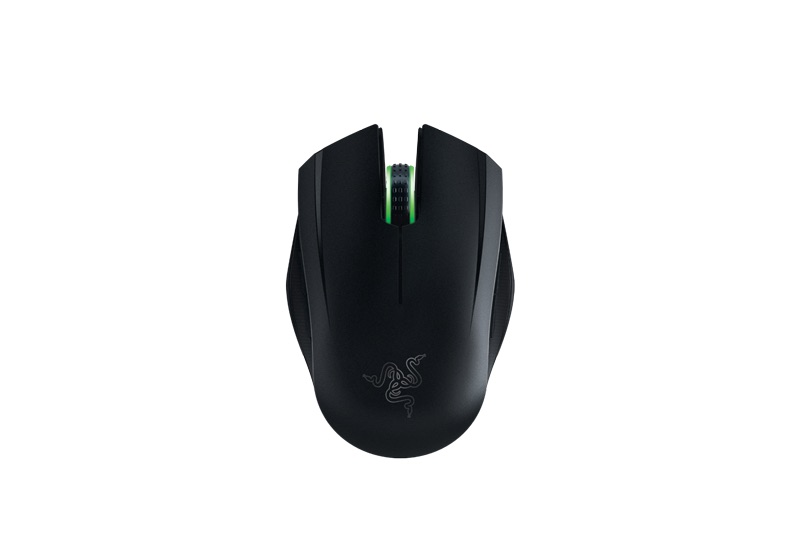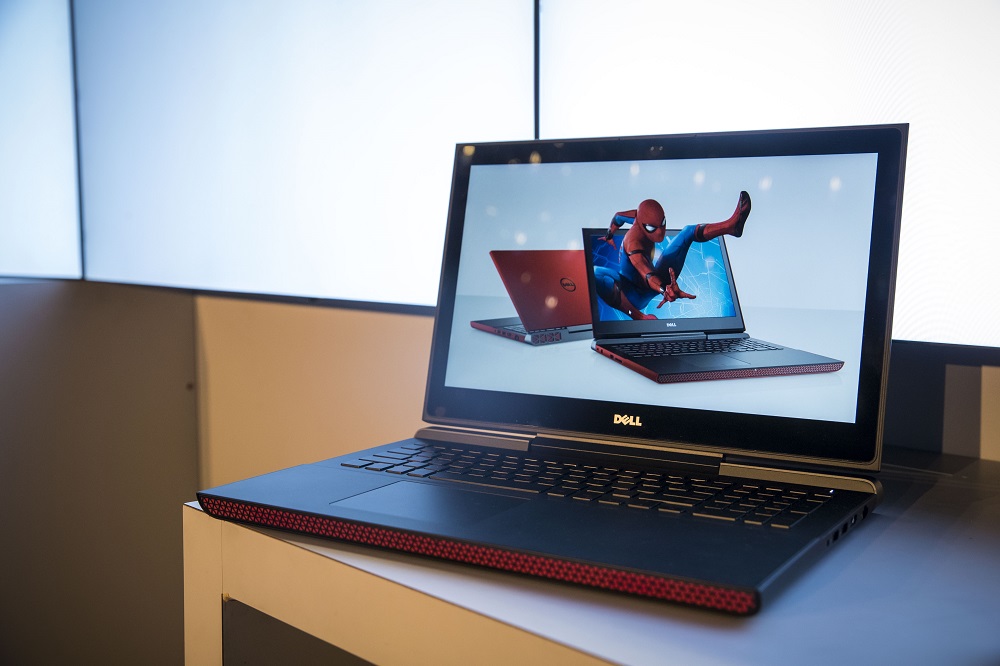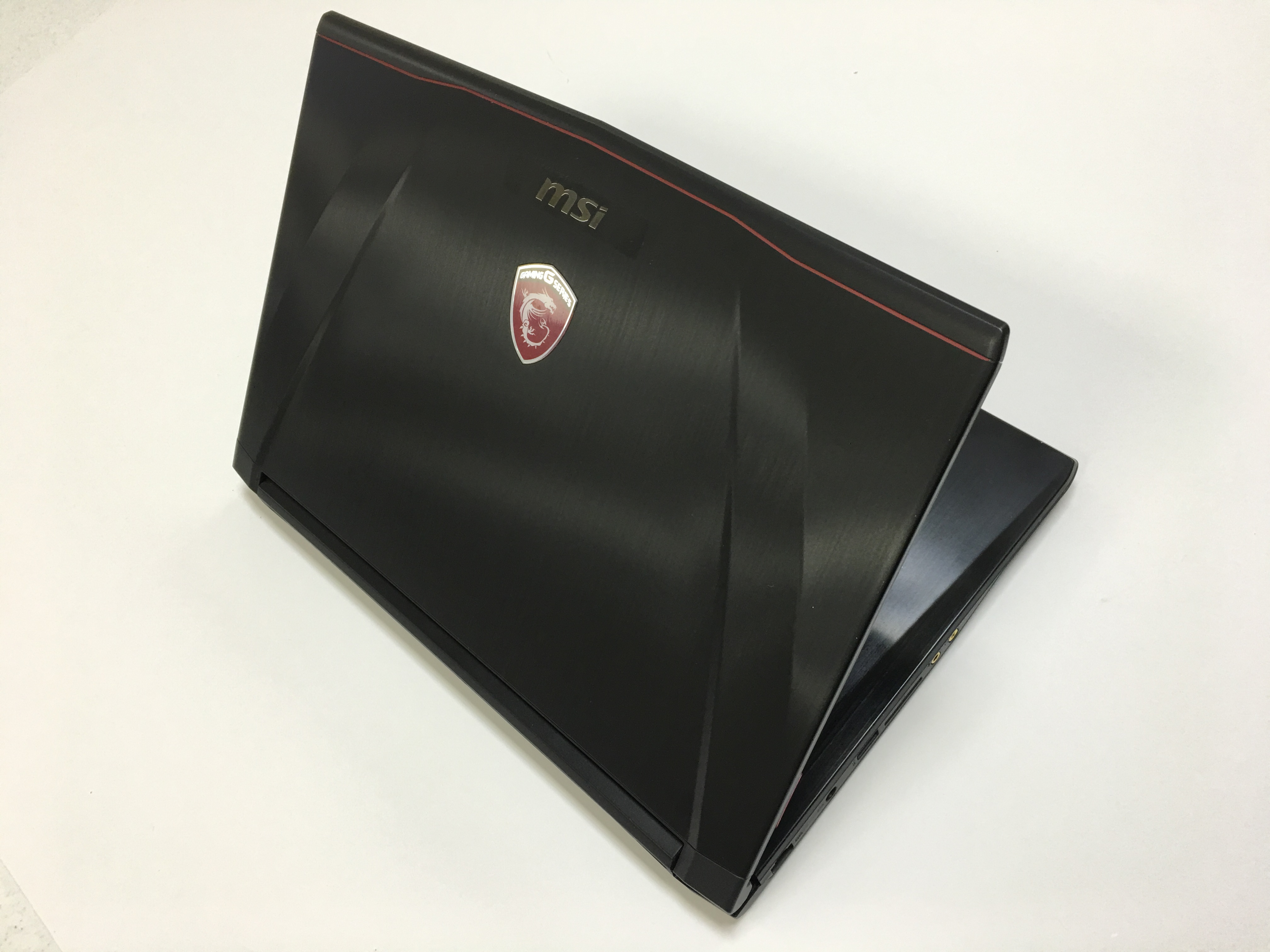The best gaming laptops are more than just slightly smaller desktops – they’re machines that manage to deliver acceptable performance without weighing so much you regret buying them.
With the holidays coming up, it can be difficult to find what separates the gaming wheat from the gaming chaff – do you want big, bright displays, or would you prefer something that doesn’t break your wallet? Fortunately, we’ve narrowed the best gaming laptop choices down to just a few.
Picking out a great gaming laptop is often trying to manage the best of a bad situation. You have to choose between a number of factors that often seem diametrically opposed – the very things that make a gaming laptop amazing and powerful are also usually the same thing that make it big, heavy, and low on battery life.
Still, sometimes a big, heavy laptop isn’t the worst thing. If you’re the sort of person who keeps their laptop in place 90% of the time, but wants the mobility that a laptop offers on occasion, one of the heavy gaming laptops could be just the thing you need. It’s worth pointing out that, in a situation like this, you would be better served with a gaming desktop – even today, desktops continue to produce substantially more performance per dollar than their smaller counterparts.
The Best Gaming Laptop: The MSI GS Series GS40
To be the best all-around gaming laptop, a laptop needs to be able to play current games, and not on low settings. It should ship with enough RAM, and have at least one SSD for speedy local storage. A good keyboard and nice build quality round out some of what we look for. One of the laptops that manages to check all of our boxes and still deliver on a reasonably thin and light form factor is the MSI GS40.
Let’s start with the pros. Inside of the MSI beats one of Intel’s 6th gen Skylake CPUs – in this case, an Intel Core i7-6700HQ running at 2.6 GHz. The graphics are handled by NVIDIA’s GeForce GTX 970M, replete with 3GB of GDDR5 memory. Both of these work together to power a 14-inch antiglare display, with a resolution of 1920 x 1080. Fallout 4? Yes, please.
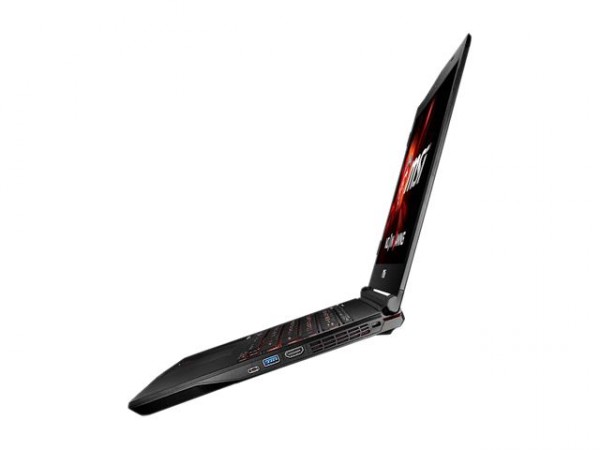 That 1080p resolution is a little short of some of the top-tier gaming laptops (of which more than a few have 4K panels), but it means that you’ll be able to play just about any game you want on high or better settings, at native 1080p resolutions.
That 1080p resolution is a little short of some of the top-tier gaming laptops (of which more than a few have 4K panels), but it means that you’ll be able to play just about any game you want on high or better settings, at native 1080p resolutions.
There’s also 16GB of memory partnered with both a 128GB SSD and a 1TB hard drive – the OS and other often-loaded files can live on a smaller SSD while the big, slow hard drive can store project files as well as movies and music.
All of this tech gets crammed together in a case that’s only 0.87 inches thick, and weighs less than four pounds. That’s not bad for a gaming laptop with pretty decent specs. While you’re not going to get great battery life out of these laptops, Intel’s Skylake chips means you should be able to get a least a couple hours of light to medium use, if you’re careful.
There is some bad news to go with all of this praise, mind you: the GS40 isn’t that cheap, at $1599 – though with specs like these, the price doesn’t seem so bad. Other potential concerns include the plastic construction, especially on the bottom, and the large, almost gaudy logo choices on the back of the screen.
The Best Gaming Laptop, Runner-up: The Alienware 15 and Alienware 17
I know what you’re thinking. “Whaaaat? An Alienware!?” Hear me out. While the base model of the Alienware 17 is actually cheaper than the MSI GS40, it offers the same CPU and GPU, onlt really missing out on the MSI’s included SSD.
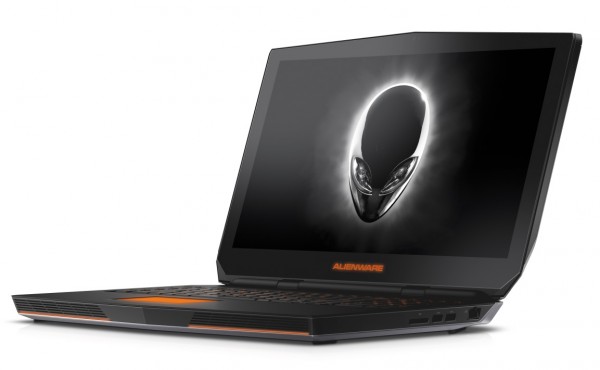 If you want, however, you can amp things up – underneath everything, it is a Dell, after all – with a number of optional upgrades. While some of those upgrades turn this from a good gaming laptop to an excellent gaming laptop, there’s one in particular that really makes the Alienware such an interesting buy.
If you want, however, you can amp things up – underneath everything, it is a Dell, after all – with a number of optional upgrades. While some of those upgrades turn this from a good gaming laptop to an excellent gaming laptop, there’s one in particular that really makes the Alienware such an interesting buy.
The Alienware Graphics Amplifier.
Alienware isn’t the first company to put out an external GPU. They are, however, one of the first to do a decent job with it. With the Amplifier currently selling for $200 (desktop GPU not included), it can be a great way to get desktop-level gaming performance at home, and use the mobile GPU while you’re out and about. Despite the flexibility a solution like the external graphics amplifier allows, it’s not quite enough to make the Alienware our recommended solution. Even the 15-inch laptop weighs twice as much as the MSI GS40, and that sort of thing adds up over time.
If you’ve got the cash, you can spend nearly as much as you want.
We’ll stand by the suggestions above as covering the vast majority of what most people need, offering pretty good performance at a reasonable price (for a gaming laptop). Still, some customers want the most ridiculous systems money can buy, and if you want to spend it, there are companies that will build them for you.
Two that you might consider are the MSI GT80 Titan, and the Origin PC EON17-SLX. MSI’s beast weighs 10 pounds, but includes two GeForce GTX 980m cards in SLI. That’s a stunning 16GB of GDDR5, if you’re keeping track. In a notebook. Pair this with an 18.4-inch display, Blu-ray burner and full mechanical keyboard, and you’ve got something interesting.
Meanwhile, the Origin EON17-SLX employs a different tactic to increase its gaming cred – it has a desktop Core i7 quad-core CPU inside, married to a desktop GeForce 980 GPU. Not 980m, mind you, but the regular ol’ desktop class GPU we all know and love. While both of these are incredibly powerful notebooks, there’s no doubt about it…you can expect battery life to range in terms of minutes.
The Origin laptop starts in at just $1999, which is surprisingly reasonable (admittedly, that’s without must of the fun components, like the desktop graphics, installed). We found the MSI GT80 Titan to be going for a little more, at roughly $2600.
